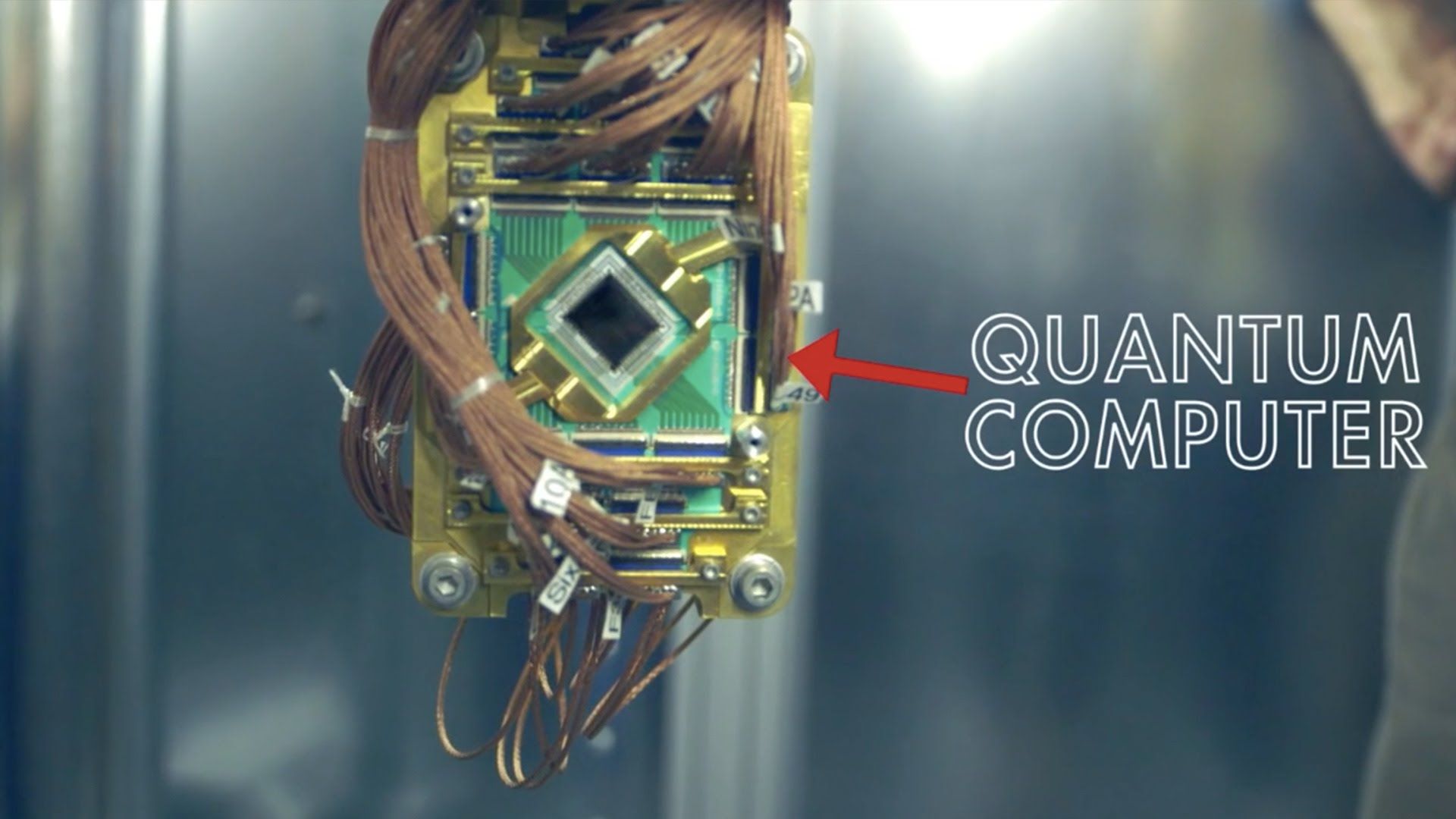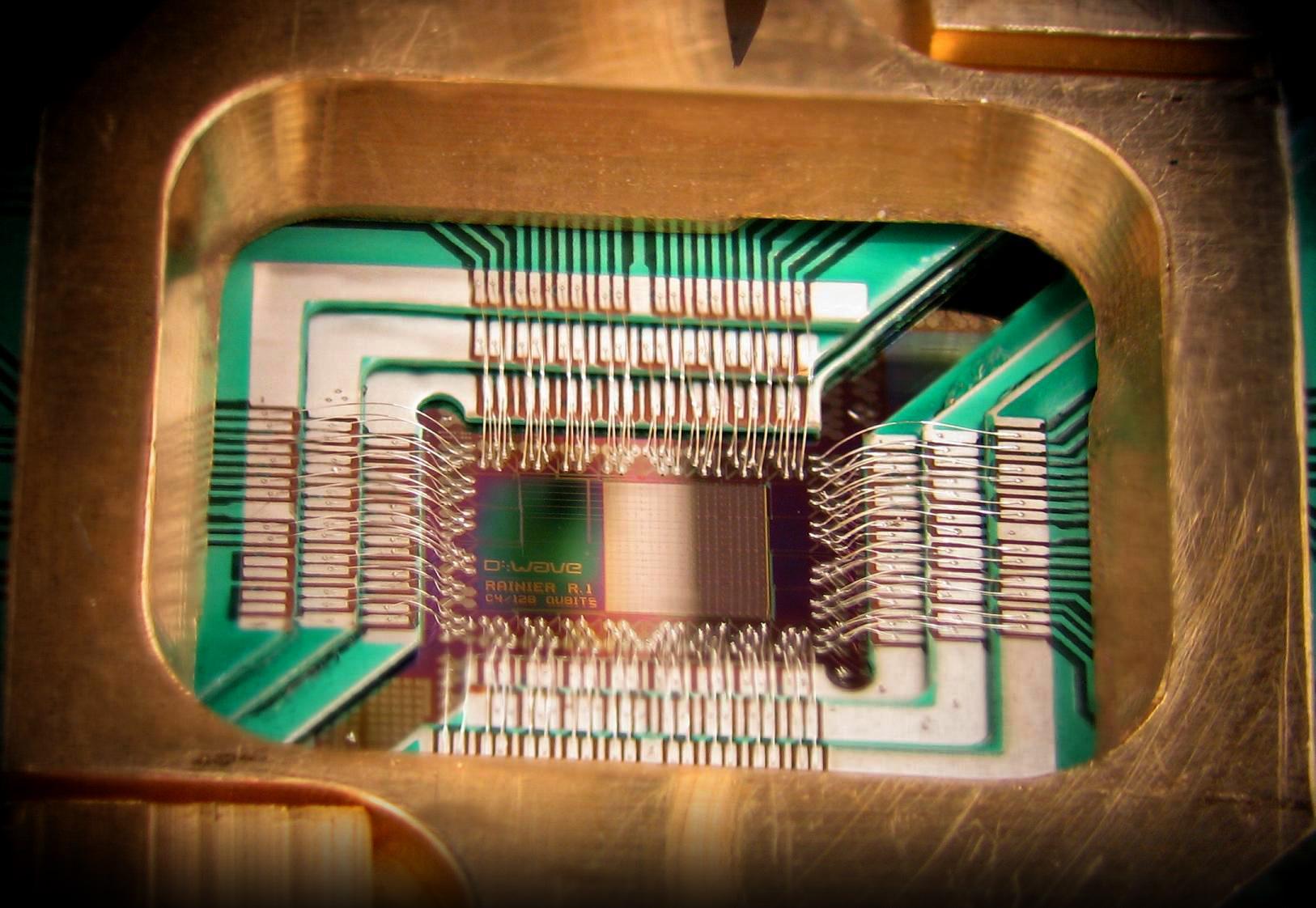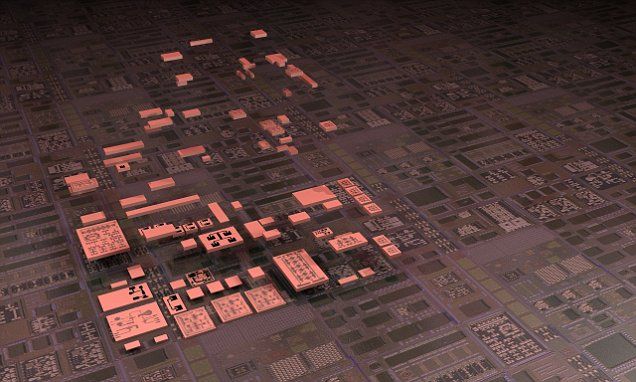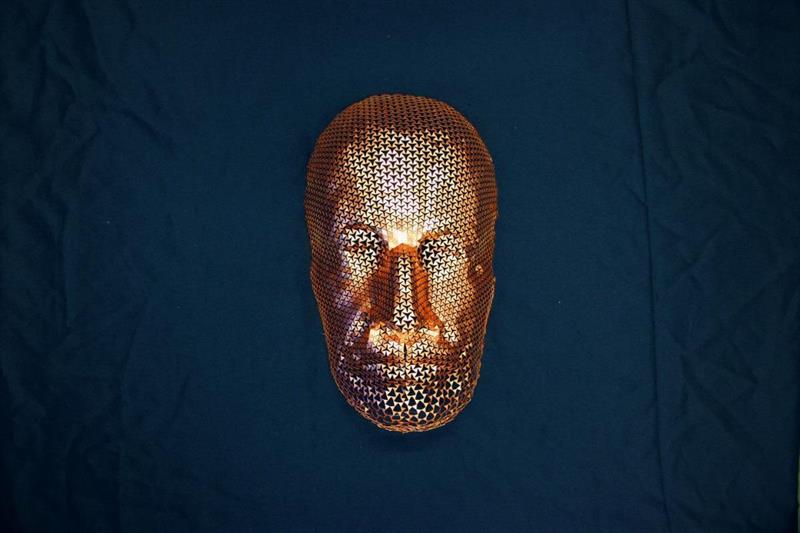Page 10745
Jul 20, 2016
Killer ‘legobots’ are coming: US Military to build brickbots
Posted by Karen Hurst in categories: computing, drones, military
Plug and play is preparing to launch.
DARPA hopes to shrink traditional military machines into single ‘chiplets’ to build a library of components to aid everything from smart drone building to instant language translation. Shown, an artist’s impression of the components that could be shrunk onto a single chip.
Jul 20, 2016
‘India’s Hawking’ wants to work for the disabled
Posted by Karen Hurst in category: neuroscience
KURUKSHETRA: Akshansh Gupta, who suffers from cerebral palsy, is developing a software that can function on signals received from the brain.
Jul 20, 2016
Liquid Biopsies Developed for Ovarian Cancer: Mayo Clinic
Posted by Karen Hurst in category: biotech/medical
Mayo Clinic researchers have developed the first liquid biopsies from blood tests and DNA sequencing that can detect ovarian cancer long before a tumor reappears.
The advance, reported by the Mayo Clinic Center for Individualized Medicine, provides a promising new way to monitor and treat recurrences of ovarian cancer — a hard-to-detect disease that claims many lives.
Lead researcher Dr. George Vasmatzis, Ph.D., of the Department of Laboratory Medicine and Pathology at Mayo Clinic, said the development could lead to earlier intervention and more effective, individualized treatment for the often-fatal condition.
Continue reading “Liquid Biopsies Developed for Ovarian Cancer: Mayo Clinic” »
Jul 20, 2016
Mall of America joins virtual reality revolution
Posted by Karen Hurst in category: virtual reality
Even the shopping malls are going VR.
Mall of America is using leading-edge technology to enhance the on- and offsite customer experience.
The Bloomington, Minnesota-based center is the latest retail participant to adopt virtual reality (VR) technology. A new, VR-based immersive experience allows customers to “see” retail, entertainment and live events within the mall.
Continue reading “Mall of America joins virtual reality revolution” »
Jul 20, 2016
One of the First Real-World Quantum Computer Applications Was Just Realized
Posted by Karen Hurst in categories: computing, engineering, quantum physics

Luv it; and this is only the beginning too.
In the continued effort to make a viable quantum computer, scientists assert that they have made the first scalable quantum simulation of a molecule.
Continue reading “One of the First Real-World Quantum Computer Applications Was Just Realized” »
Jul 20, 2016
Here’s How Google Is Racing to Protect You From Quantum Hackers
Posted by Karen Hurst in categories: computing, encryption, quantum physics

This is a true question especially since China launches their new Quantum Satellite communications in the next few weeks. I do believe some will be protected; however, the broader majority will be a stretch.
The encryption of today will be broken by the computers of tomorrow, even retroactively.
Continue reading “Here’s How Google Is Racing to Protect You From Quantum Hackers” »
Jul 20, 2016
Thermal Separation of Complex Polymers
Posted by Karen Hurst in categories: materials, particle physics
The Postnova TF2000 is an advanced thermal field flow fractionation (TF3) system that provides a highly efficient method of separating and characterising complex polymer samples such as natural or synthetic rubbers, starches and paints from approximately 10 kDa up to 100 MDa and more in organic and aqueous solvents.

The TF2000 uses a temperature gradient as the driving force for its separation of polymers and particles. Molecules affected by the thermal gradient undergo diffusion which enables separation by both their molar mass and chemical composition. This unique feature allows the separation of different materials having the same molar mass. The separation can be further optimized by the use of different eluents and various temperature programs.
Jul 20, 2016
Computational design tool transforms flat materials into 3D shapes
Posted by Karen Hurst in categories: biotech/medical, space
“Computational design tool transforms flat materials into 3D shapes” — I could use this many times over.
Researchers at Carnegie Mellon University and the Swiss Federal Institute of Technology in Lausanne, Switzerland (EPFL) have developed a new computational design tool can turn a flat sheet of plastic or metal into complex 3D shapes. They say the tool enables designers to fully and creatively exploit an unusual quality of certain materials — the ability to expand uniformly in two dimensions.
In this case, the researchers were making hexagonal cuts into flexible, but not normally stretchable plastic and metal sheets to give them the ability to expand uniformly, up to a point. But the design tool could be useful for a variety of synthetic materials, known as auxetic materials that share this same distinctive quality.
Continue reading “Computational design tool transforms flat materials into 3D shapes” »















